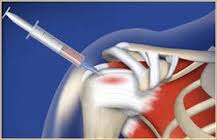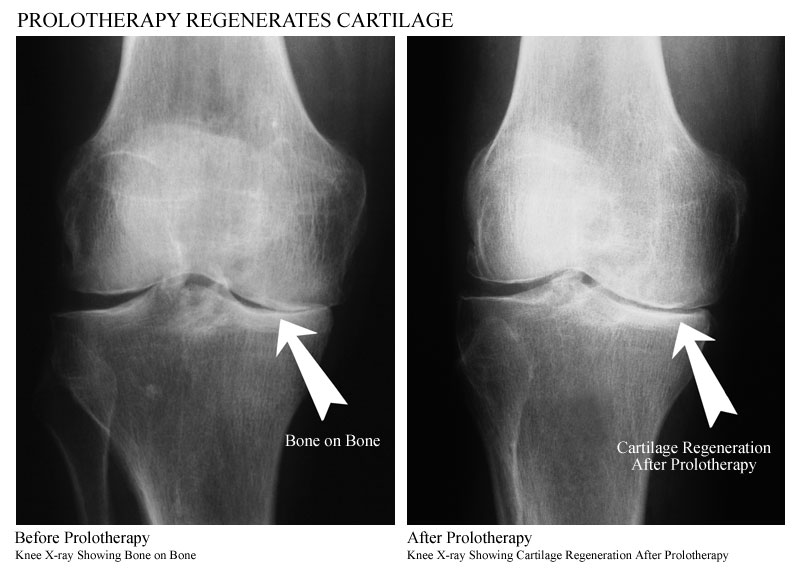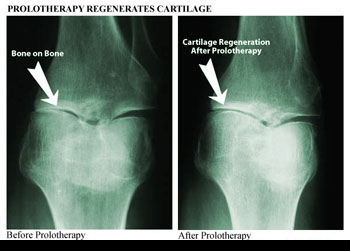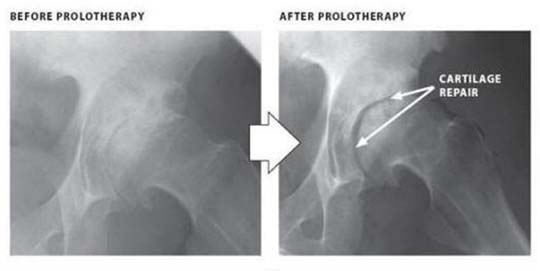Have you noticed a decrease in your game as an athlete? Are you rehabbing an injury that just doesn’t seem to heal? Many injuries are very overt, they come while playing or training in our sport of choice or from accidents. Some are not so easy to recognize, like ligament laxity or osteoarthritis. This article is dedicated to all the golfers and others experiencing pain, as well as other athletes looking to improve their sport or quality of life.
Significant athletic injuries that hinder a person in playing their sport are almost always ligamentous or tendonous in nature, not muscular. Ligaments and tendons are called connective tissue, they’re tissues in our body that connect parts together. Our Ligaments connect bones to other bones and tendons connect muscles to bones. When there is an injury, even a small one, the injured ligament can often not repair itself as fast as we’d like or fully heal, since connective tissue doesn’t have a rich blood supply bringing healing components like oxygen and nutrients. And while some pain is caused by too much activity, some can be caused by too little. Ligament laxity is when our ligaments become to loose from not enough movement and strengthening. When this happens our body’s nerve cells in the ligaments send pain signals to the brain if the ligaments are stretched to far.
Prolotherapy (sometimes referred to a “prolo”) is a method of injection treatment designed to stimulate healing and regenerate tissue. Many different types of musculoskeletal injuries and pain lend themselves to prolotherapy treatment including low back and neck pain, chronic sprains and/or strains, whiplash injuries, tennis and golfer’s elbow, knee, ankle, shoulder or other joint pain, chronic tendonitis/tendonosis, and musculoskeletal pain related to osteoarthritis. Prolotherapy works by raising growth factor levels or effectiveness in connective tissue ligaments and tendons to promote repair or growth. It works by causing a temporary, low-grade inflammation at the site of ligament or tendon weakness thus “tricking” the body into initialing a new healing cascade. Prolotherapy lends itself very well to sports injury and pain because most sports related injuries involve ligaments and tendons. Prolotherapy can be used years after the initial pain or problem began, as long as the patient is generally healthy.

The most common injury reported by the amateur and professional golfer alike is in the low back/lumbar spine/sacroiliac region pain. Second most common site of injury is the wrist and hand, third is shoulder for professionals. For the amateur, the second most commonly injured area is the elbow, followed by the wrist or hand, and then the shoulder. Knee, ankle, elbow, shoulder, and low back are all common areas of pain related to sport injury, chronic use, exercise. These areas are also the most highly treated areas for prolotherapy. The American Academy of Pain Medicine reports low back pain as the most common type of pain. So not only does prolotherapy treat pain from direct trauma such as sports injuries, automobile accidents, or falls, but it also treats pain from conditions such as age related joint loss and osteoarthritis.
The most common types of prolotherapy are Dextrose, Platelet-rich plasma (PRP), and Stem-Cell with typically increasing costs and efficacy (sometimes) in that order. Although many practitioners and patients get great results from Dextrose prolo, usually a complete resolution of pain and increased function, PRP is becoming more popular. You may have heard of prolotherapy from back in 2008 when Pittsburgh Steelers wide receiver Hines Ward received PRP for a medial collateral ligament tear (knee injury) and got him back to playing through the playoffs and Super Bowl. They went on to win the Super Bowl that year. Ward credits the PRP allowing him to be able to return so quickly. Many athletes, including Tiger Woods, Kobe Bryant, and many others use prolotherapy to recover from injuries, pain, and improve in their sport and stay healthy.
Check out these prolotherapy before-and-after X-rays:



Go over to the Contact page to reach Dr. Whitney for any questions you may have regarding prolotherapy. Leave a comment if you’ve have any experience with prolo!
By Travis Whitney, NMD, MSc




